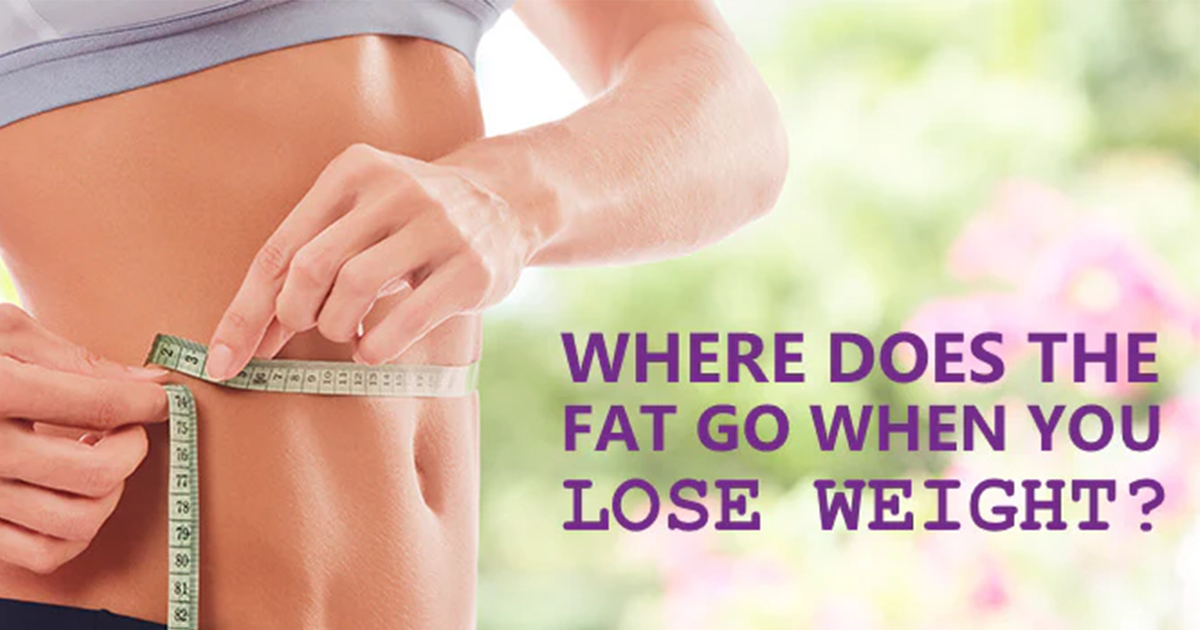Have you ever wondered what happens to the fat in our bodies when we lose weight? Does it melt away? Does it turn into muscle? Let’s explore the science behind fat loss in a way that’s simple and easy to understand.
What Is Fat?
Fat is stored energy in our bodies. It serves many purposes, including cushioning organs, regulating body temperature, and storing extra energy from food. When our bodies don’t use all the energy from food, it gets stored as fat in different parts of our bodies, like our belly, thighs, or arms.
How Do We Lose Fat?
When the body needs energy, it breaks down fat stores into triglycerides, which are then separated into smaller parts called fatty acids and glycerol molecules. These molecules are used by the body to fuel activities like movement and even basic functions like breathing. The process of fat loss involves the release of stored fat, its breakdown into usable energy, and the elimination of byproducts from the body.
The Role of Insulin in Fat Loss
One important factor in fat loss is the hormone insulin. Insulin helps regulate blood sugar levels, but it also controls whether fat can leave fat cells. When insulin levels are high—a condition called hyperinsulinemia—fat cannot leave the fat cells to be used as energy or be oxidized (meaning leaving the body). Said a different way, even if your body needs energy, it can’t access the stored fat.
On the other hand, when insulin levels are low, fat can leave the fat cells. Once released, the fat is broken down and used as fuel. The remaining byproducts of this process are expelled from the body through various pathways, such as breathing, sweat, urine, feces, tears, and saliva.
Where Does the Fat Go?
When your body breaks down fat, it doesn’t just disappear. Instead, the fat is converted into carbon dioxide and water. These leave your body in several ways. Here’s a percentage breakdown of how fat exits the body:
-
- Breathing (Carbon Dioxide): About 84% of fat is exhaled as carbon dioxide through your lungs.
- Sweat, Urine, and Other Fluids: The remaining 16% leaves the body as water through sweat, urine, fecal matter, tears, and saliva.
This means that every time you exhale, sweat, or even cry, you’re helping your body get rid of fat!
Once fat is broken down into smaller molecules, it produces energy and waste. The energy is used for basic bodily functions like walking, thinking, or breathing. The waste—in the form of carbon dioxide and water—is removed from the body. Breathing plays the biggest role in eliminating fat since carbon atoms in fat combine with oxygen to form carbon dioxide, which we exhale. The rest leaves the body as water through fluids like sweat, urine, and saliva.
Why Many Professionals Get It Wrong
Interestingly, many wellness professionals do not answer the question correctly when asked, “Where does fat go when we lose it?” Some mistakenly believe fat is converted entirely to energy or turns into muscle. However, as science clearly shows, most of the fat leaves the body as carbon dioxide through the lungs. The rest exits as water through sweat, urine, and other waste. This common misconception highlights the importance of understanding the biological processes behind fat loss.
Fun Fact: You Exhale Fat!
Yes, you heard that right! When you lose 10 pounds of fat, about 8.4 pounds of it leaves your body through your breath as carbon dioxide. The remaining fat leaves through water in sweat, urine, and other waste.
Conclusion
Losing fat is like converting stored energy into something your body can use and dispose of. By understanding the role of insulin and how fat leaves the body through breathing and other waste pathways, we can appreciate the complex processes behind fat loss. Remember, fat loss is more than just a number on a scale; it’s about how your body uses and expels energy.
What’s Next?
To learn more about optimizing your health and losing fat effectively, consider working with a certified Diet Free Life Coach. With a certified coach, you will learn the Diet Free Life methodology, an evidence-based and clinically proven approach to weight loss, improved overall health, and the reduction or elimination of medications. This approach shows you how to eat the foods you love in a way that optimizes glucose and insulin levels. While most weight loss programs focus on glucose control and calorie restriction, the scientifically validated and proven solution lies in optimizing insulin levels. Schedule a free consultation with me, Robert Ferguson, and you can work with me or we can connect you with a coach. We look forward to helping you succeed and never find yourself having to diet again.
References
-
- Meerman, R., & Brown, A. J. (2014). “When somebody loses weight, where does the fat go?” BMJ, 349, g7257. https://doi.org/10.1136/bmj.g7257
- National Institute of Diabetes and Digestive and Kidney Diseases. (2023). “Understanding Adult Overweight and Obesity.” https://www.niddk.nih.gov
- Mayo Clinic. (2023). “Exercise and Weight Loss: Why Exercise Is Important.” https://www.mayoclinic.org
- Fung, J. (2016). “The Obesity Code: Unlocking the Secrets of Weight Loss.” Greystone Books.
- WebMD. (2023). “What Happens to Fat When You Lose Weight?” https://www.webmd.com/obesity/what-happens-to-fat-when-you-lose-weight
_______________
🗓️ Schedule a FREE consultation with Robert Ferguson about becoming a client: SCHEDULE FREE CONSULTATION
👉🏽 To order ONLY the BalanceOil+, > CLICK HERE
👉🏽 To order the BalanceOil+ with the BalanceTEST, > CLICK HERE
👉🏽 Watch a free online presentation on the BalanceOil+ and the BalanceTEST: WATCH NOW.
_______________
Robert Ferguson is a California- and Florida-based single father of two daughters, nutritionist, researcher, best-selling author, speaker, podcast and television host, health advisor, NAACP Image Award Nominee, creator of the Diet Free Life methodology, Chief Nutrition Officer for iCoura Health, and he serves on the Presidential Task Force on Obesity for the National Medical Association. You can e-mail Robert at robert@dietfreelife.com.


0 Comments